University of Minnesota
Written by Wil Raasch
For our next stop we enjoyed two presentations at the University of Minnesota. The purpose for this experience was to gain insight into studies that are occurring within our region. It was also clear to see that our campus is bridged with the U of M via research and faculty relationships in relative fields.
Dr. Amy Mybro is the Research Associate and laboratory manager at LacCore (Limnological Research Center), which is part of University of Minnesota - Twin Cities. This holds one of the best collections of core samples in the world. Amy discussed how environmental hazards are read and visual when conducting her studies. We saw the differences between lakebeds with volcanoes, earthquakes, drought, and pollution conditions. As well as information on the structure of Deep old lakes that can stir of gases. Core samples are a valuable tool.
Paul Morin is a very intelligent individual, his delivery and personally challenged each and every one of us to contemplate the current revolutionary mapping age. Never before have we ben this powerful with the GIS and satellite imagery tools that we have. These resources open up a whole new world of problem solving and efficiency for all aspects of this globalized world. Paul is the Director of the Polar Geospatial center, through out his career he as been at the for font of mapping techniques and projects. We learned about his work on Antarctica and the living standards on must commit to when on that continent. Paul has used 6 satellites and their images to re map the Antarctic. What had been previously conducted was either flawed, or inconclusively unorganized. Next Alaska and the costal U.S will be analyzed as well with this technology. Paul sphere at the U of M has grown significantly in the past few years. His students are doing work that is very unique and specialized. It is expected that they will have a research funding around 5 million in the years too come. This just goes to show what important studies are occurring around us.
When you're ready to proceed with our field trip, click the image to go to the next location! Next stop: Minnesota Science Museum!



